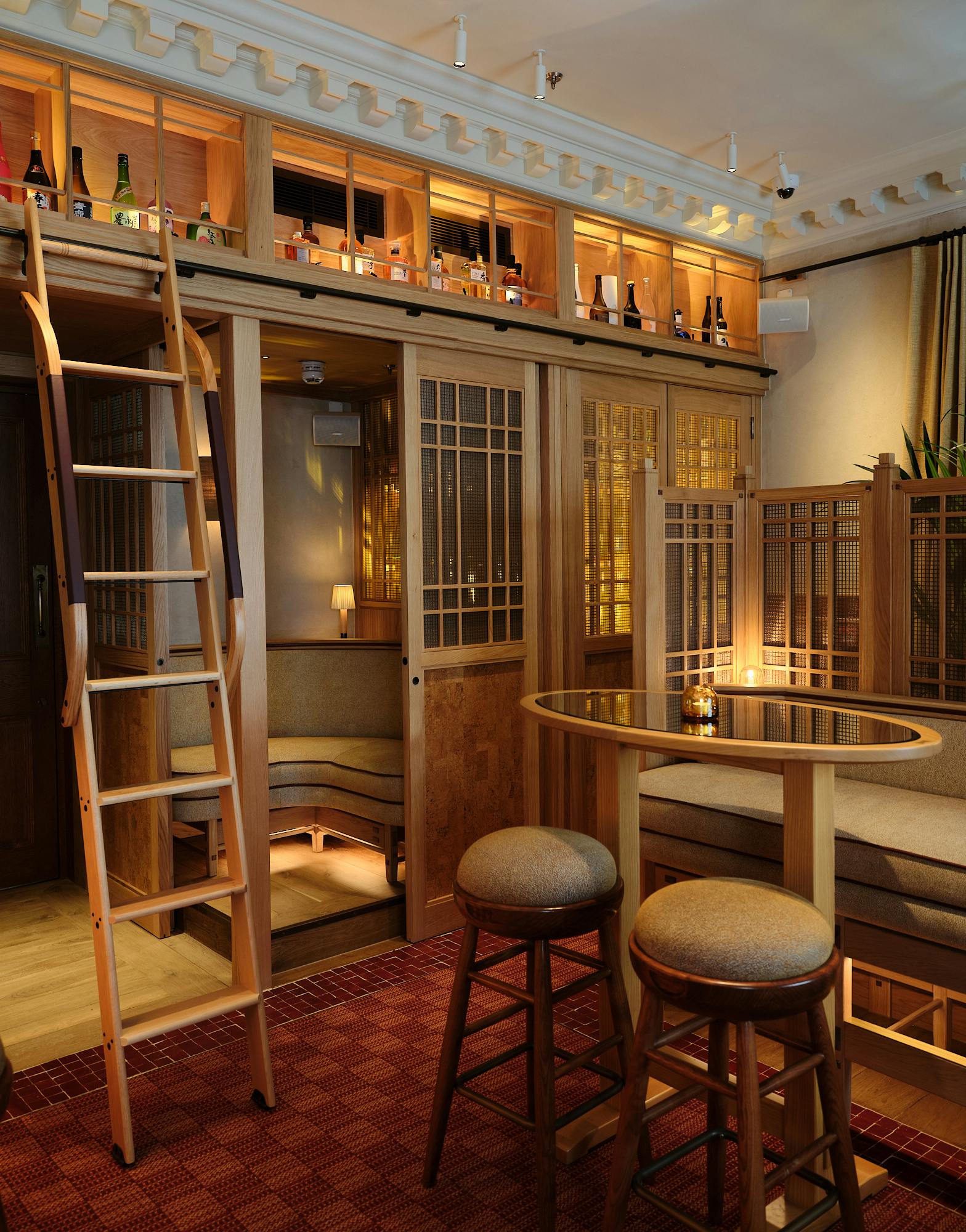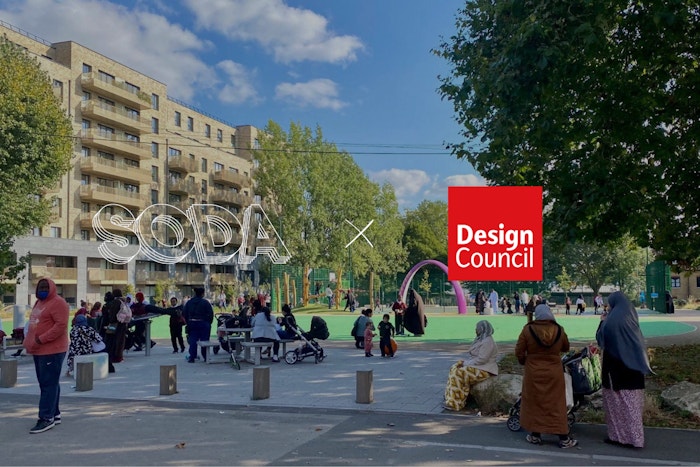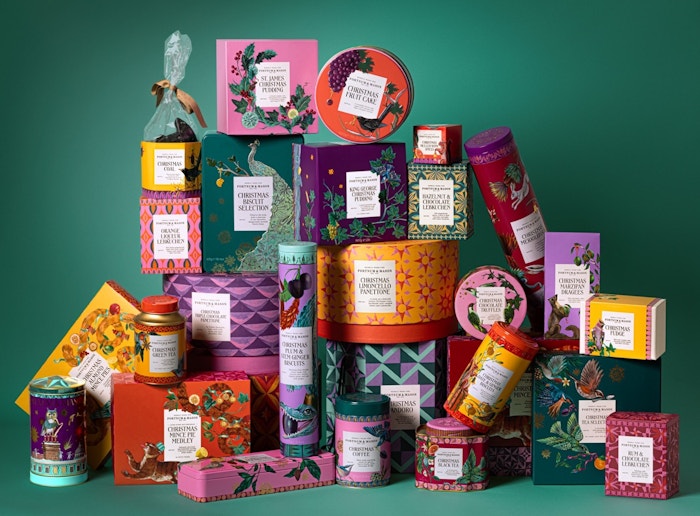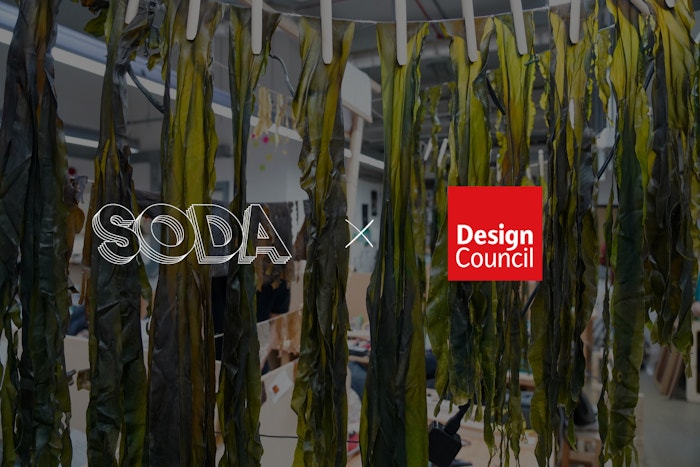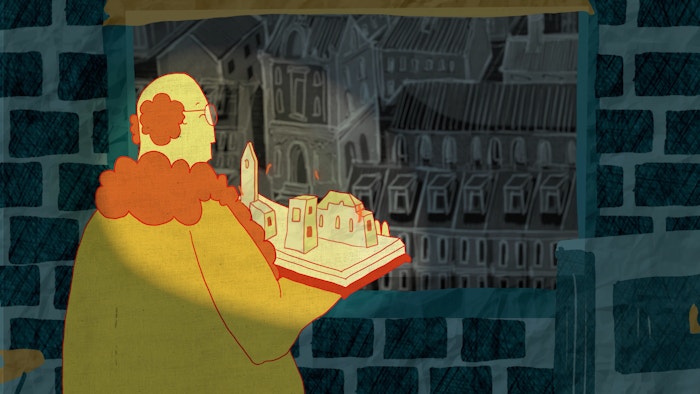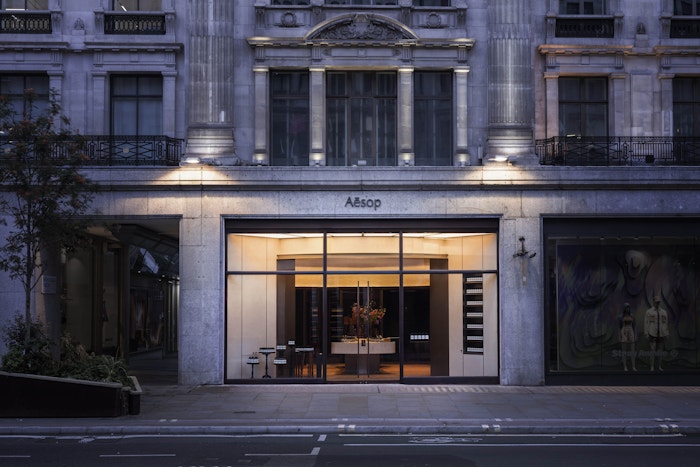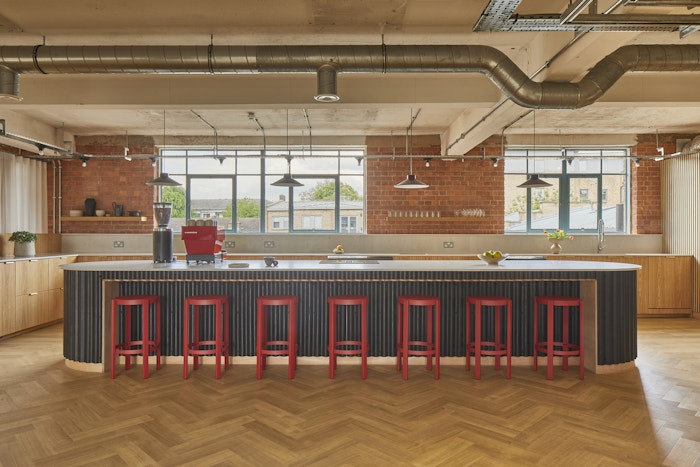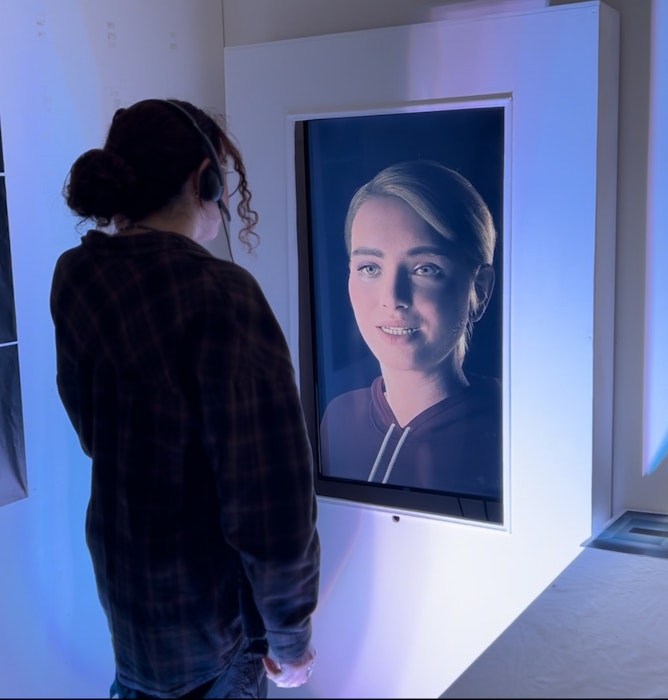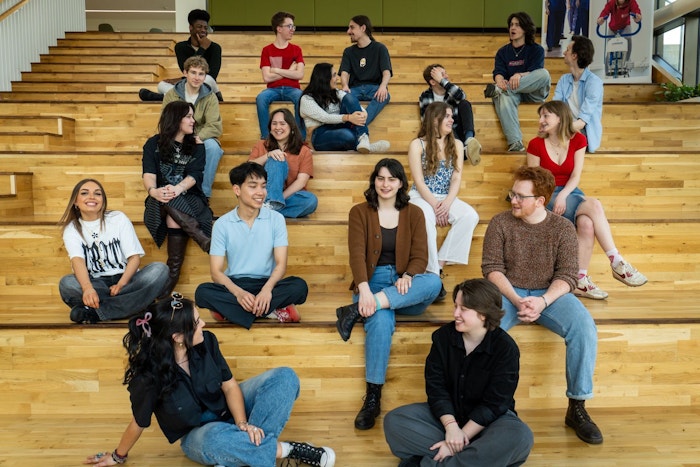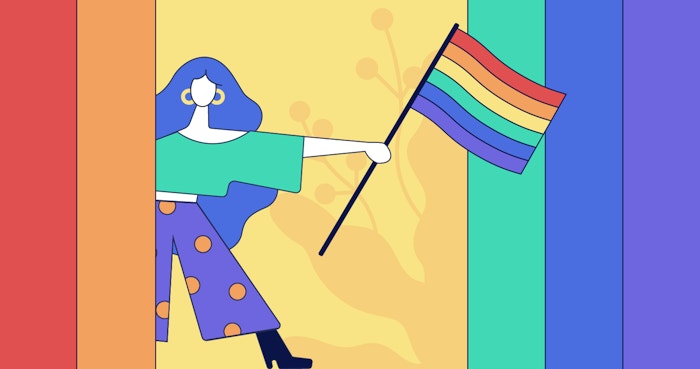
Words by Dr Mary McBride
07 May 2025
Engineering the Unsettled: Why Positive Turbulence Is Our Century’s Greatest Design Task
Dr Mary McBride, Chair and Professor, Creative Enterprise Leadership at the Pratt Institute, on seizing the opportunity to design our way out of despair to invest in a future of collaboration, equality and hope
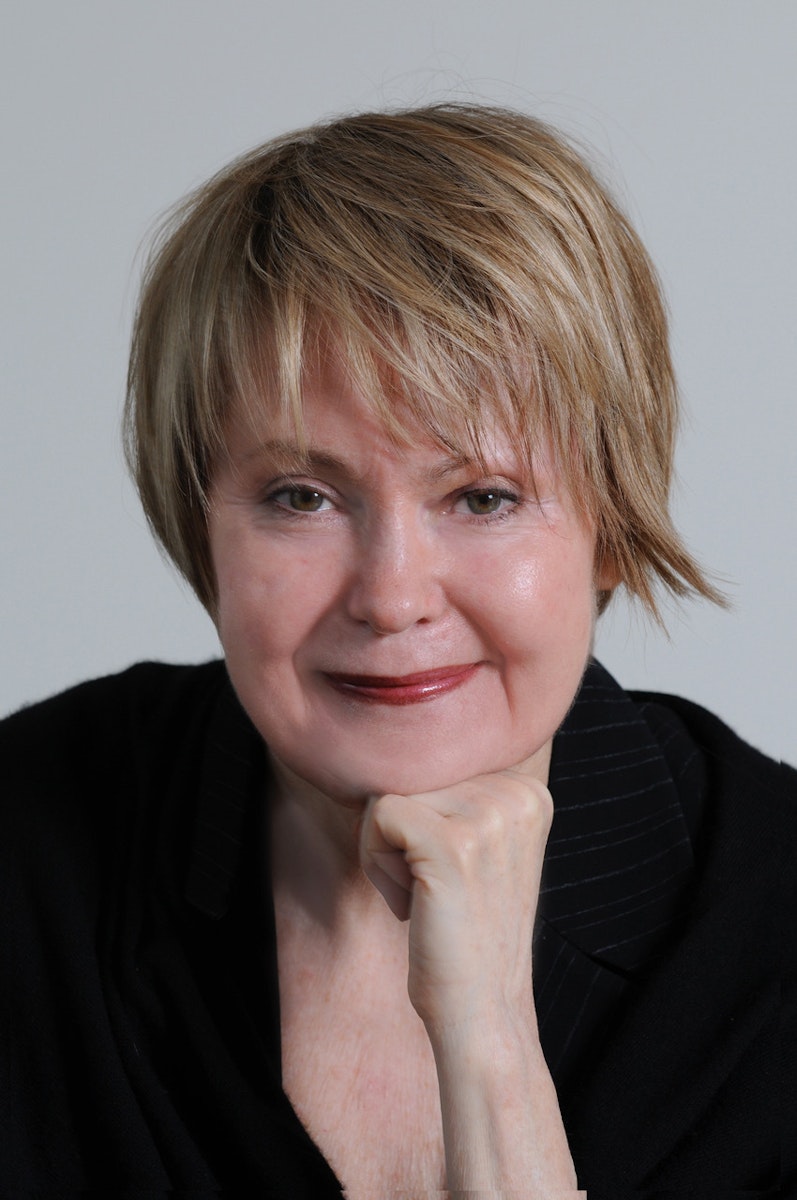
Dr Mary McBride
We live in a world where bad news appears at every turn. From global crises to economic uncertainties, personal setbacks to discriminatory injustices, we consciously and unconsciously feast on a daily diet of despair. This constant barrage of negativity can sometimes feel overwhelming, eroding our sense of stability and hope. Yet, even in our darkest moments, there lies an opportunity to build resilience and improve our problem-solving skills, not just for survival but for growth.
What, after all, is design but finding an opportunity in a problem?
Viewing systems, products, and people through this lens amplifies the opportunity and hope that we can shape a world that we can all feel good about being part of – a place designed for the many, not the few.
The reality is that we have designed our world so that we can now see into its remote corners, discover its wonders, and explore its diverse cultures. By design, our tools and our application have enabled us to connect, communicate, and collaborate in ways that were once beyond our imagination. The extraordinary has become rather ordinary. Design has optimised our lives for some, though not for all. Herein lies the design challenge for this century, as it was for the last: how to design to distribute the benefits, to meet the “last mile challenge” with all our human and machine-enabled intelligence, and to share with those remote corners of the world the wonder of a culture of abundance. It is no small challenge. And truly, it is the only one.
While it’s essential and natural to acknowledge the emotional toll of today’s existential predicament, designers need to put things into perspective and actively climb out of a potential crisis of confidence. Rather than being consumed by the turbulence, consider what we can learn from it. That change in mindset can transform passive angst into active engagement.

Photo by Mariam Soliman on Unsplash
My good friend and author Stanley Gryskiewicz uses the term “positive turbulence," which I believe summarises the kind of creativity and innovation that enables us to reinvent the structures impacting our lives. When we alleviate the sense of disempowerment and dispiritedness, much becomes possible through design. The concept of positive turbulence holds far more meaning than the term “disruptive, " which has become a tired and clichéd descriptor of innovations that are often anything but disruptive.
Turbulence cannot be designed out; it is a universal constant. Our challenge is to accept it, live with it, learn from it, and design positively. For designers to do this effectively, a few fundamental things must occur.
Firstly, regardless of our demographic insights and psychographic breakdowns, we need to stop viewing “the consumer” as a faceless, fictional, composite creature for whom we design products and tout our wares. They are our neighbours, our partners, our friends, and our children. Staying connected to their humanity is essential to impactful, human-centric, and empathetic design. This is how we create with conscience.
Secondly, we need to dismantle the stranglehold of the consumer economy and transition to an empowering model that views both companies and individuals as investors. Corporations would then need to strive to reconcile the needs of those who invest financially in shares and those whose purchases enable profitability. Both are investors. One has a stake in financial return, the other expects value and quality with minimal cost to communities, ecosystems and wider society. Both are investing money in the continued profitability of the firm.
This shift in perspective—seeing consumers as investors—can foster transparency and motivate corporations to care about the quality of their return on investment to the customers, communities, and biosystems that enable profitability. It ensures that customers have a share in shaping futures. With this change in perspective also comes a shift in power, from “conscious consumerism" to “conscious investing.”
Conscious investing focuses on guiding the customer toward the best options for purchasing a future worth living. We have choices. We buy from sneaker companies, cell phone services, and fashion firms that provide returns on our investment through their commitment to circular economies and inclusive growth.
Those who invest in purchasing products ought to be just as demanding as those who purchase stocks. We all have a share in the success of human enterprise. Financial markets focused solely on financial returns will continue to extract and exploit, as this is their inherent purpose. The guardrails of the global economy are the purchasers and workers—those who invest their creativity, energy, and capital in creating the necessary conditions for profitability.

Photo by Nejc Soklič on Unsplash
There is no real “sustainable” solution for consumption-driven economies dominated by financial investors focused on growth at any cost. This is especially true for those enabled by new technologies like AI, which can be used to drive “consumer demand” without thought to the cost of escalating demands on energy, water, and waste or concern for the consequences for society and human endeavour.
In the wake of turbulence and emerging technologies like AI, de-risking by design offers a strategic advantage to businesses seeking to innovate and create positive turbulence. De-risking by design involves designing for our collective prosperity with foresight and humility, while being transparent about risk. It means accepting that although we cannot predict everything, we can prepare wisely. By doing so, we create real value that can endure.
The turbulence of our time requires a new design brief. Our current brief assumes that human enterprise can remain viable even as we deplete the vitality of our communities and biosystems. That brief has a limited basis, is not functional or efficient, and leads to a world of winners and losers. It is not positive.
We need a new design brief focused on designing to de-risk the possibility of a decline in the viability of our enterprise and our world. We will still need to design in efficient, effective and creative ways. But we now need to be strategic by design. And use our talent and resources wisely to enhance vitality as we grow our global economies.
Turbulence unloosens the known. It releases possibilities. Design shapes those possibilities.
We have every reason to stay positive without delusion—if we engage our creativity and allow curiosity and creativity to take the lead.
- https://www.linkedin.com/in/drmarymcbride/ - Dr Mary McBride on LinkedIn
- https://www.pratt.edu - Pratt Institute
